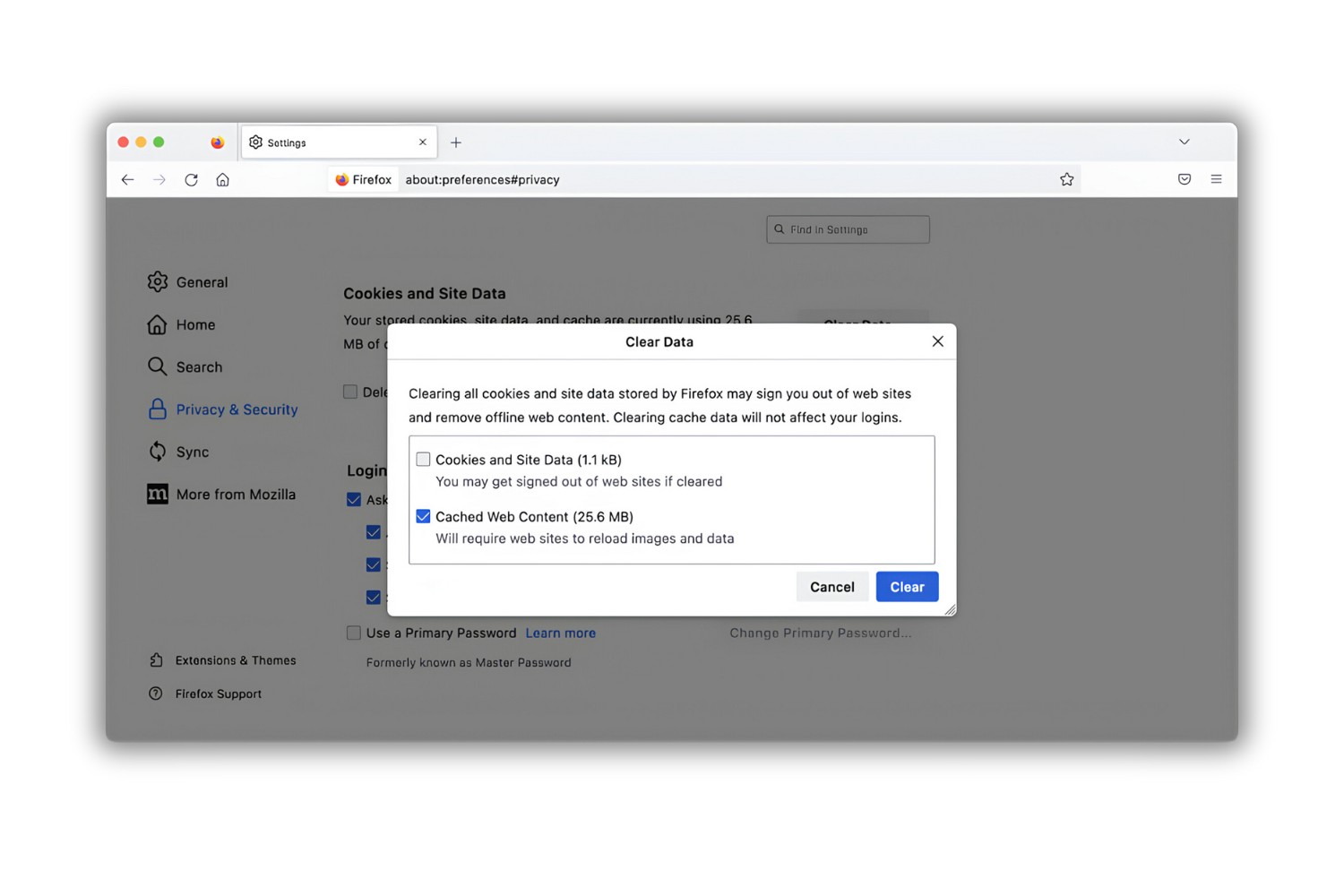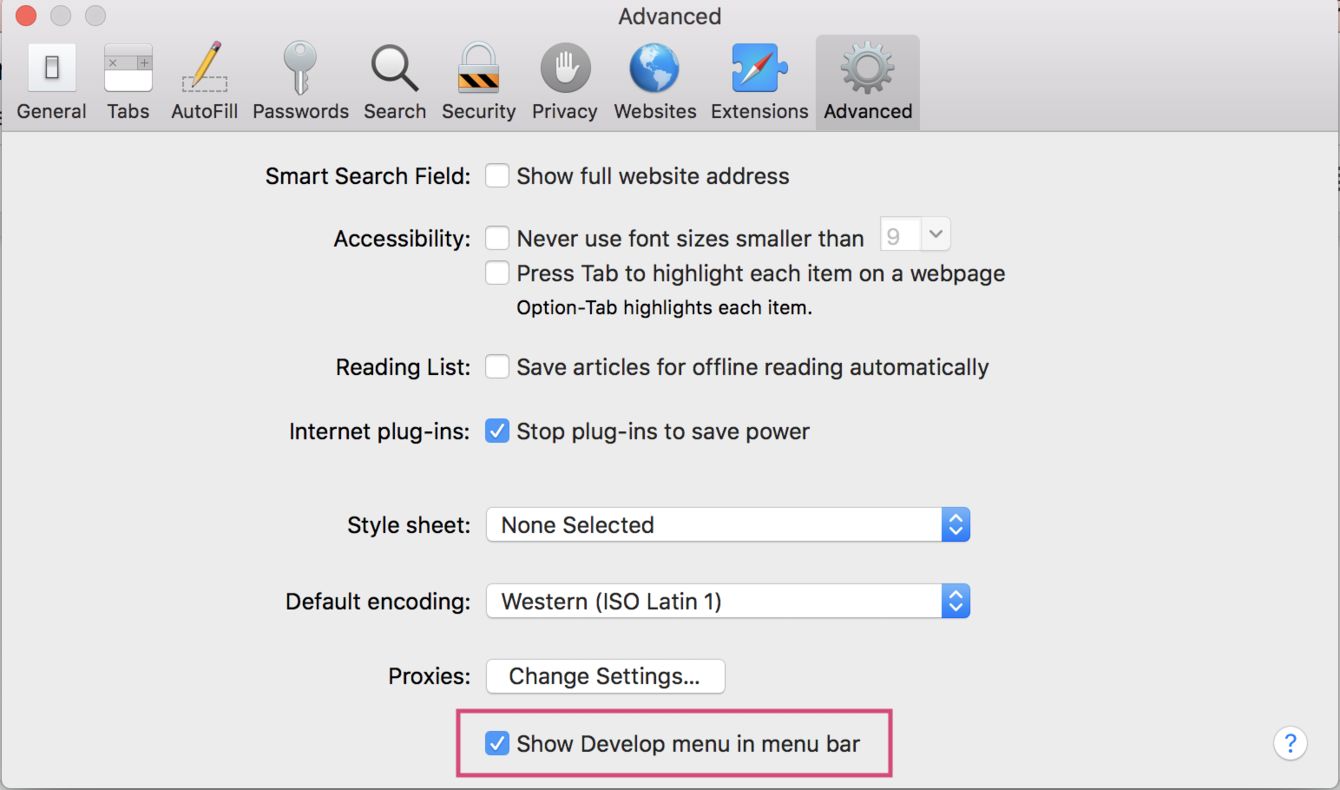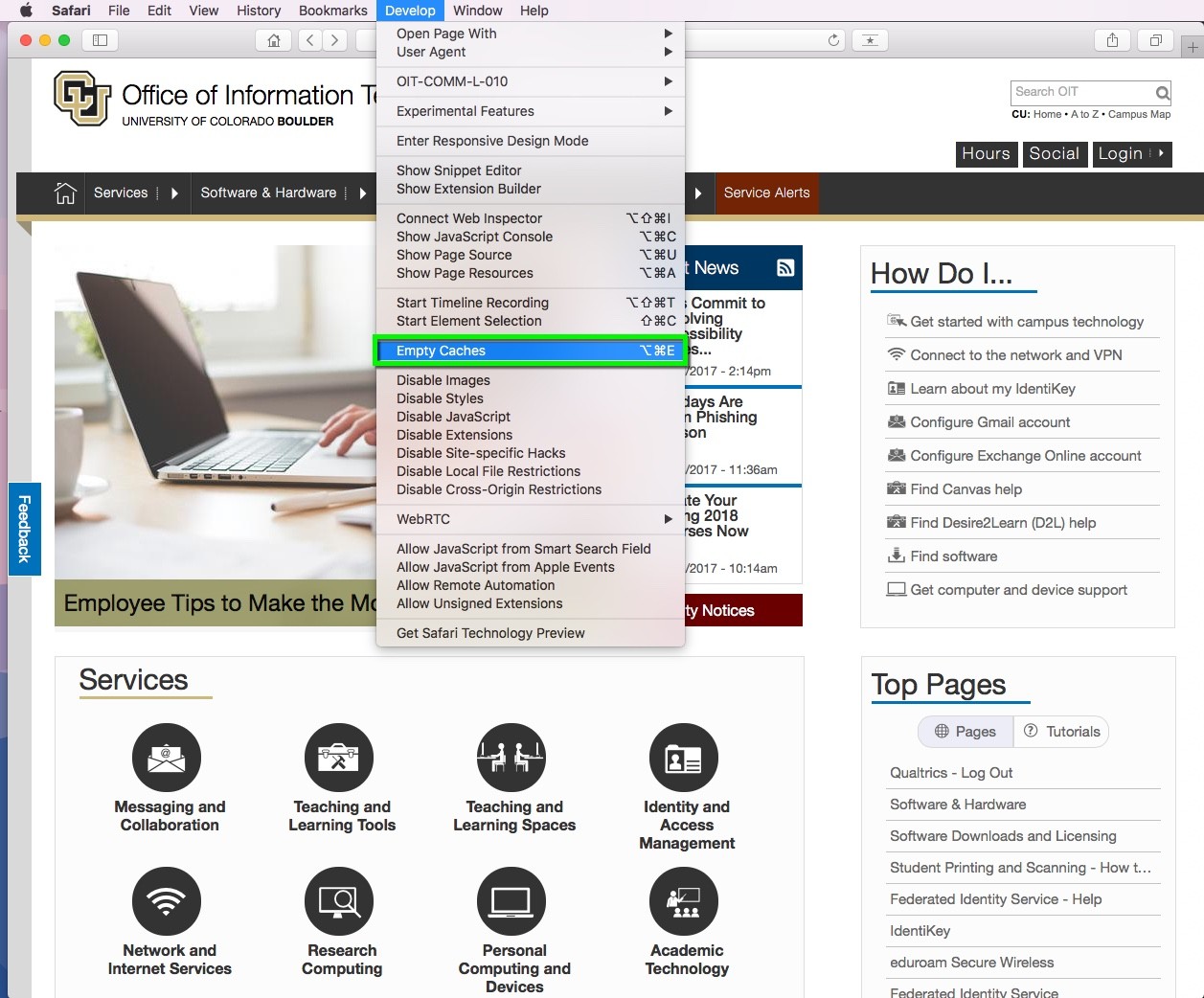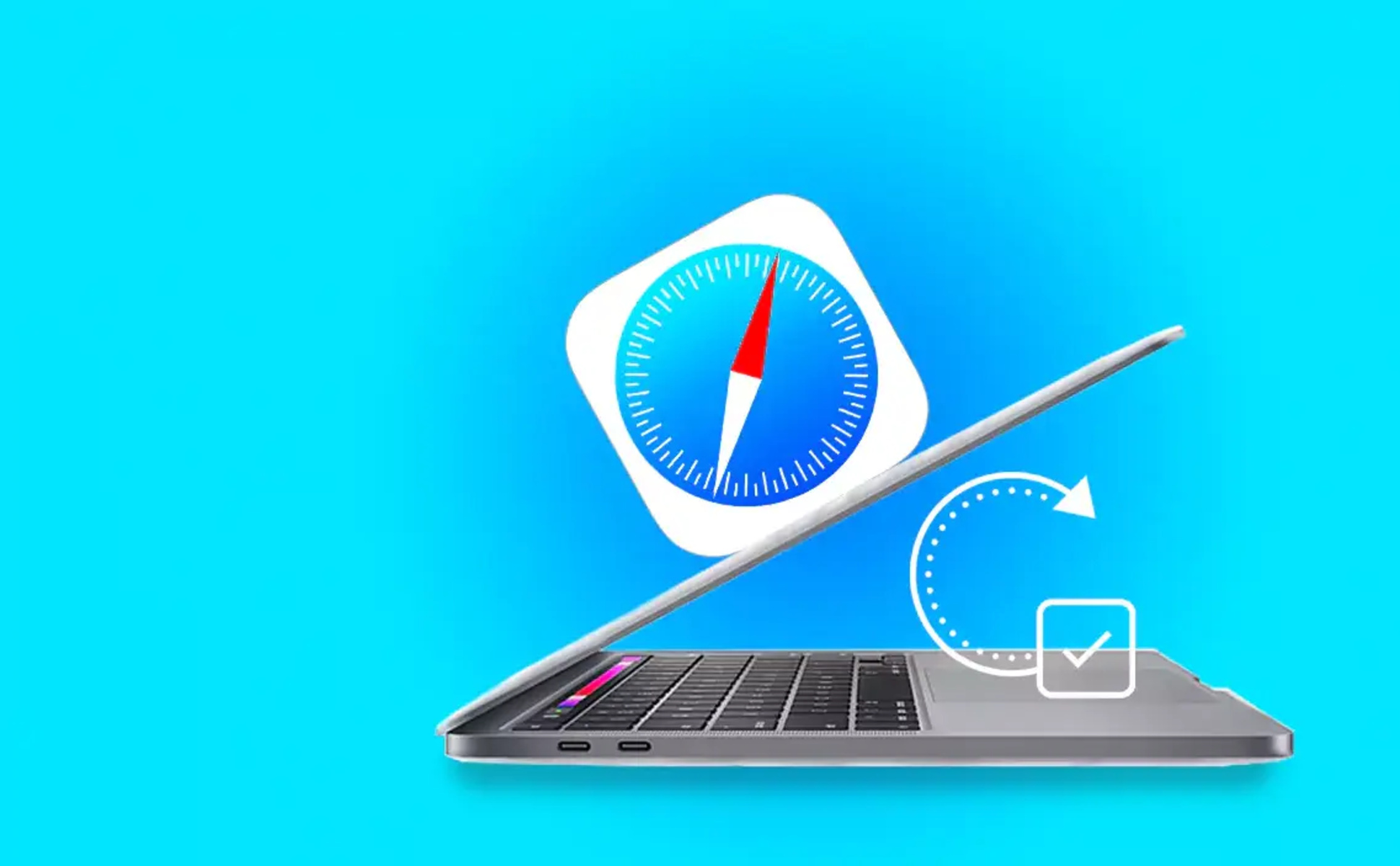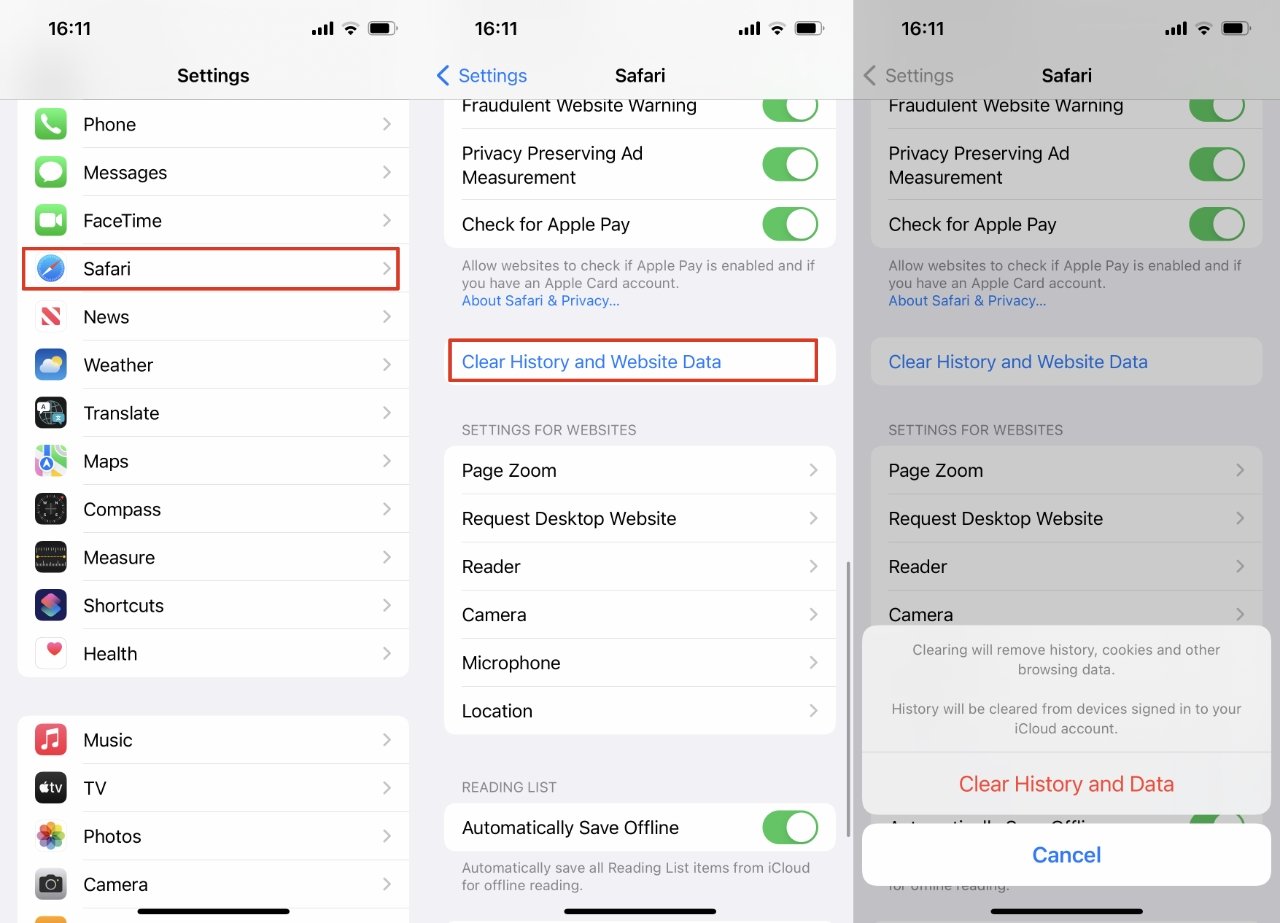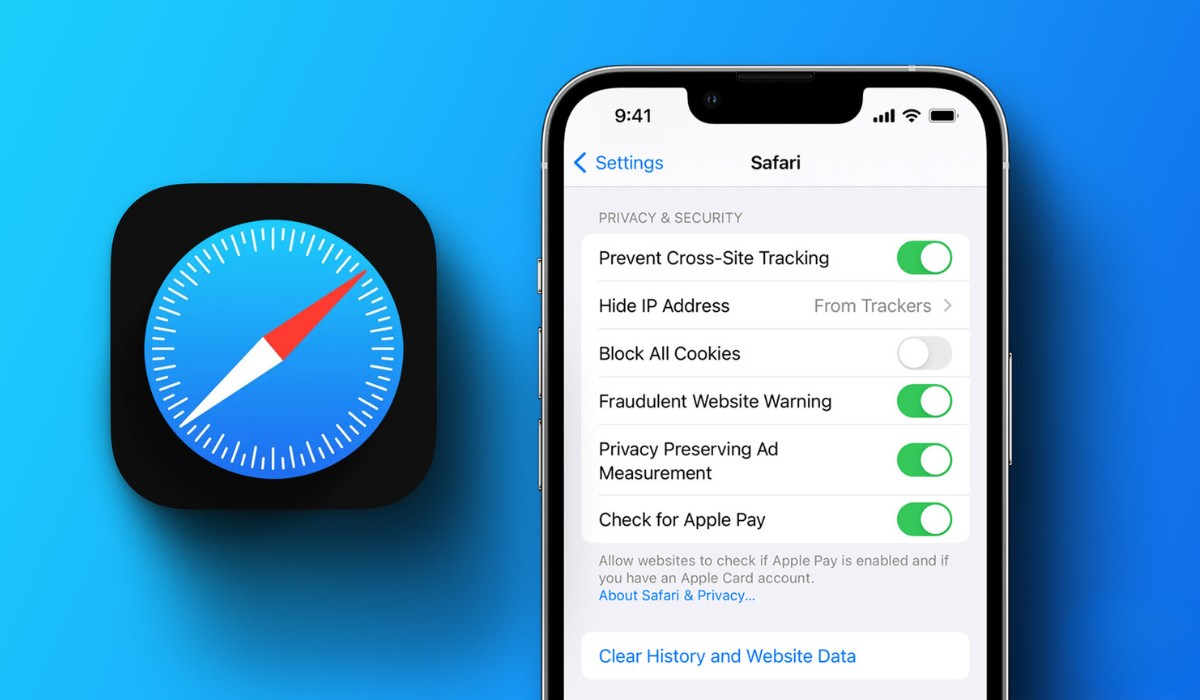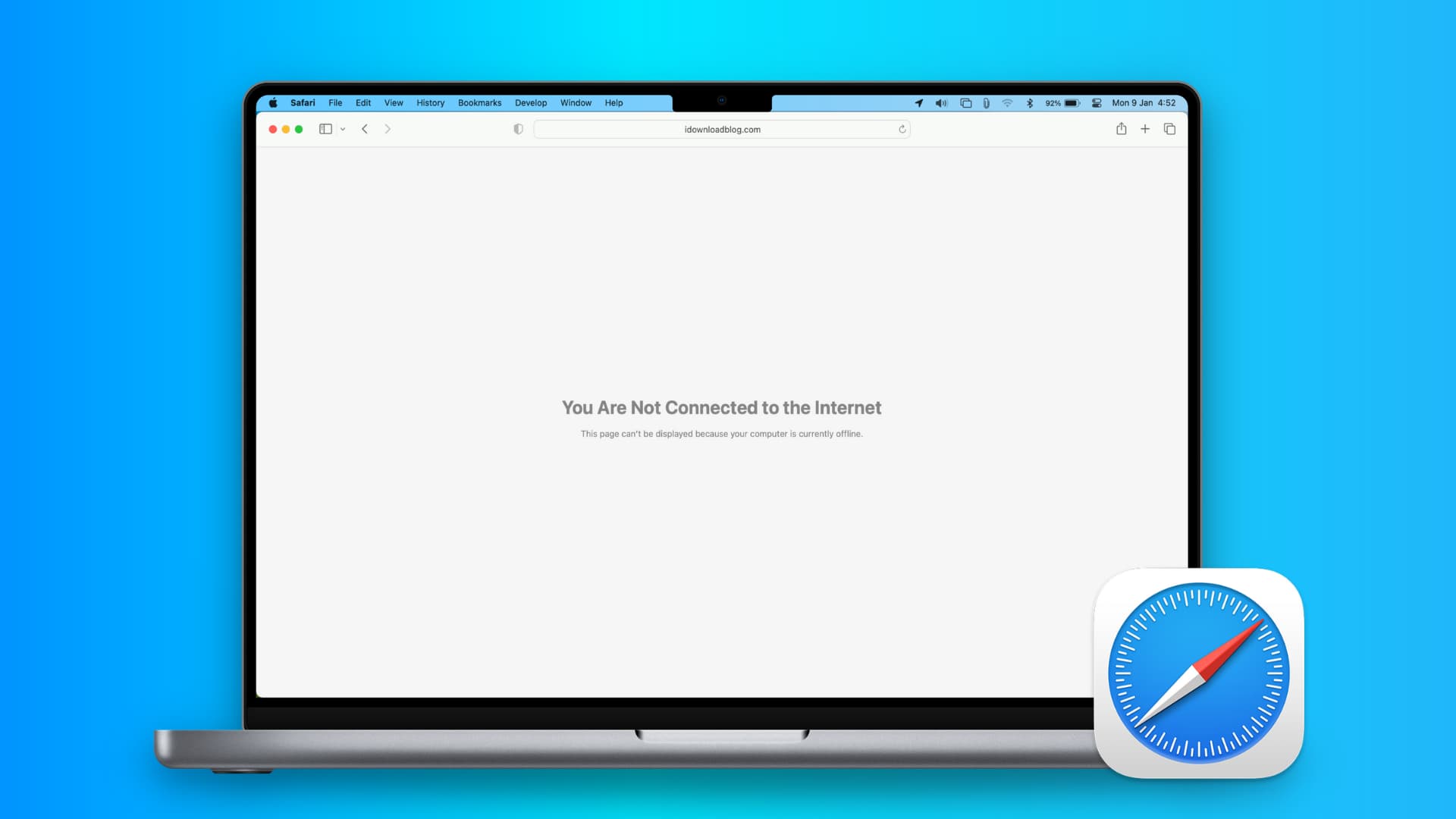Introduction
Welcome to the world of browsing, where the internet serves as our gateway to a wealth of information, entertainment, and connectivity. As we navigate the digital landscape, our web browsers diligently store data to enhance our online experience. One such data repository is the cache, a clever mechanism that saves website files, images, and other content to expedite future visits to the same sites. While this feature significantly boosts browsing speed and efficiency, there are instances when clearing the cache becomes necessary.
In this article, we will delve into the intricacies of Safari, Apple's widely used web browser, and explore the process of clearing its cache. Whether you're a seasoned Safari user or a newcomer to the browser, understanding how to manage the cache can help optimize your browsing experience and resolve various issues that may arise during your online adventures.
So, if you've ever encountered sluggish performance, outdated content, or peculiar website behavior while using Safari, fear not! By the end of this guide, you'll be equipped with the knowledge and tools to clear Safari's cache and ensure a seamless, efficient browsing experience. Let's embark on this journey to uncover the inner workings of Safari's cache and learn how to wield its management to our advantage.
Understanding Cache in Safari
The cache in Safari serves as a temporary storage location for various web elements, such as HTML pages, images, style sheets, and JavaScript files. When you visit a website, Safari intelligently saves these elements in its cache to expedite future visits to the same site. This mechanism aims to enhance browsing speed and efficiency by reducing the need to re-download the same content repeatedly.
By storing these web elements locally, Safari can swiftly retrieve them when you revisit a website, thereby minimizing loading times and conserving bandwidth. This process is particularly beneficial for frequently visited websites, as it allows Safari to deliver a smoother and more responsive browsing experience.
However, while the cache significantly improves browsing performance, it can also lead to certain issues. For instance, outdated or corrupted cache files may cause websites to display outdated content or exhibit erratic behavior. Additionally, an excessively large cache can consume significant storage space on your device, potentially impacting its overall performance.
Understanding the role of the cache in Safari is crucial for effectively managing your browsing experience. By comprehending how Safari utilizes the cache to store and retrieve web elements, you can gain insight into the browser's behavior and troubleshoot potential issues related to cached data.
In the next section, we will explore the steps to clear the cache in Safari, empowering you to maintain a well-optimized browsing environment and address any cache-related challenges that may arise.
Steps to Clear Cache in Safari
Clearing the cache in Safari is a straightforward process that can be accomplished through the browser's settings. Whether you're using Safari on a Mac, iPhone, or iPad, the steps to clear the cache remain consistent. Follow the instructions below to effectively clear the cache in Safari and optimize your browsing experience:
-
Open Safari Preferences: On a Mac, launch Safari and click on "Safari" in the top menu bar. From the dropdown menu, select "Preferences." On an iOS device, open the "Settings" app and scroll down to find "Safari."
-
Access the Privacy Settings: In Safari Preferences on a Mac, navigate to the "Privacy" tab. Here, you will find the option to manage website data, including the cache. On an iOS device, tap on "Safari" in the Settings app to access the browser's settings.
-
Clear Website Data: In the Privacy tab on a Mac, click on "Manage Website Data." This will display a list of websites that have stored data in your cache. To clear the cache, click on "Remove All" or select specific websites and click "Remove." On an iOS device, tap on "Clear History and Website Data" to remove the cache.
-
Confirm the Action: After selecting "Remove All" or specific websites, Safari will prompt you to confirm the action. Confirm the removal to clear the cache completely.
-
Restart Safari: Once the cache is cleared, it's recommended to restart Safari to ensure that the changes take effect. Close the browser and relaunch it to enjoy a refreshed browsing experience.
By following these steps, you can effectively clear the cache in Safari and alleviate potential issues related to cached data. Whether you're aiming to resolve website display anomalies, free up storage space, or simply optimize Safari's performance, clearing the cache is a valuable maintenance task that contributes to a seamless browsing experience.
Now that you're equipped with the knowledge to clear the cache in Safari, let's explore additional tips for managing the cache and optimizing your browsing environment further.
Additional Tips for Managing Cache in Safari
In addition to clearing the cache, there are several supplementary strategies for effectively managing cached data in Safari. These tips can further optimize your browsing experience and ensure that Safari operates at its peak performance. Let's explore these additional tips in detail:
1. Regular Cache Maintenance
Consistent cache maintenance is essential for preserving Safari's efficiency. Periodically clearing the cache, along with other browsing data such as cookies and browsing history, can prevent the accumulation of outdated or unnecessary files. By incorporating cache maintenance into your browsing routine, you can mitigate potential issues stemming from an overloaded or outdated cache.
2. Utilize Private Browsing Mode
Engaging the private browsing mode in Safari can bypass the storage of browsing history, cookies, and cache data. This mode is particularly useful when visiting websites that you do not want to leave a trace of in your browsing history or cache. By utilizing private browsing for specific browsing sessions, you can limit the accumulation of cached data and maintain a more streamlined browsing environment.
3. Optimize Website Data Management
Safari provides granular control over website data, allowing users to manage the storage of cache, cookies, and other site-specific information. By regularly reviewing and selectively removing website data, you can fine-tune Safari's cache management and ensure that only essential data is retained. This approach can contribute to a more efficient use of storage space and mitigate potential cache-related issues.
4. Update Safari Regularly
Keeping Safari updated to the latest version is crucial for accessing performance enhancements and security updates. With each update, Apple may introduce optimizations that improve cache management and overall browsing efficiency. By staying current with Safari's updates, you can benefit from refined cache handling and other browsing enhancements that contribute to a smoother and more secure browsing experience.
5. Monitor Storage Usage
Regularly monitoring the storage usage of Safari and other browsing data can provide valuable insights into the impact of cached data on your device's storage capacity. By assessing the storage allocation to Safari's cache and related data, you can identify potential inefficiencies or excessive resource consumption. This awareness enables you to take proactive measures to manage the cache and optimize storage utilization effectively.
By incorporating these additional tips into your cache management practices, you can elevate your browsing experience and ensure that Safari operates at its optimal capacity. These strategies empower you to proactively manage cached data, mitigate potential issues, and maintain a well-optimized browsing environment.
Now that you're equipped with a comprehensive understanding of cache management in Safari, you're poised to navigate the digital realm with enhanced efficiency and confidence. Embrace these tips, and embark on a seamless browsing journey with Safari as your trusted companion.







